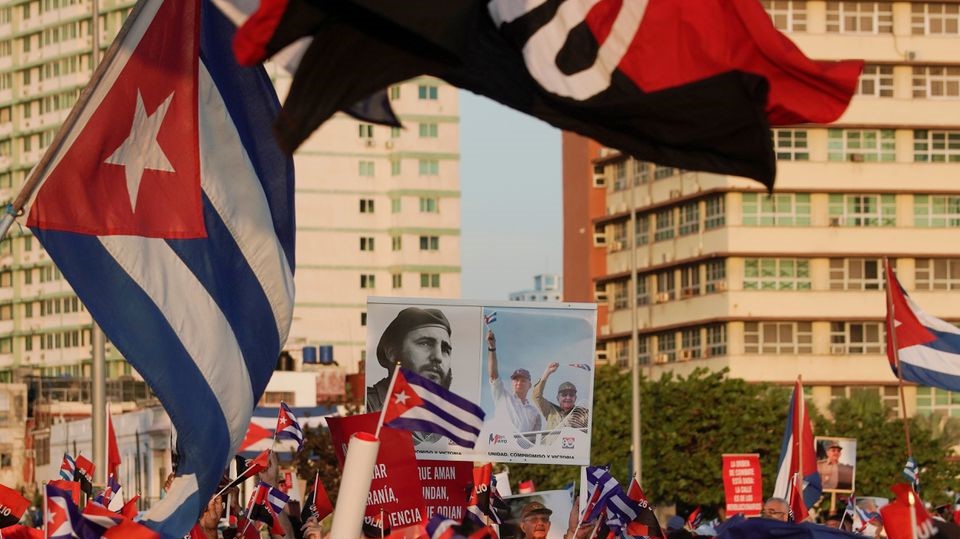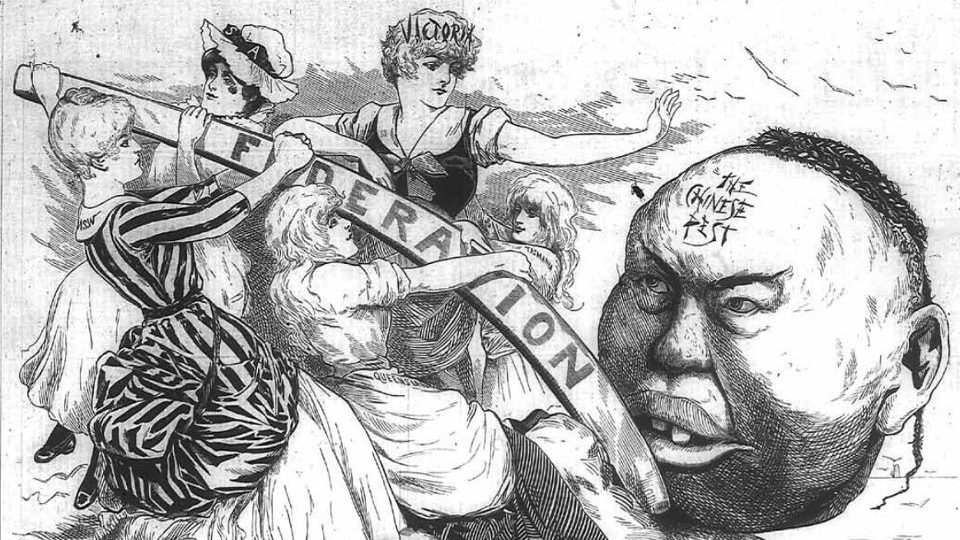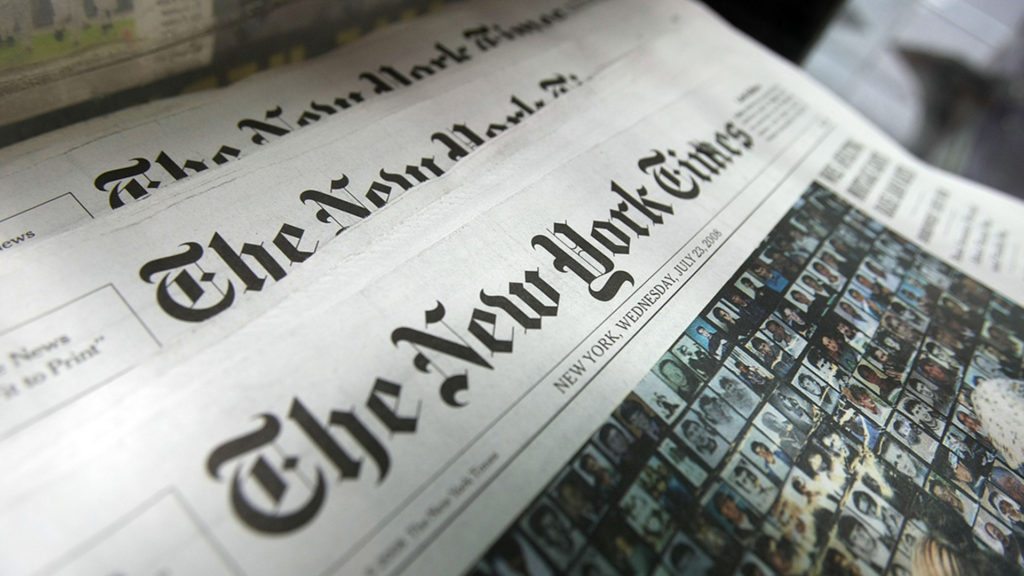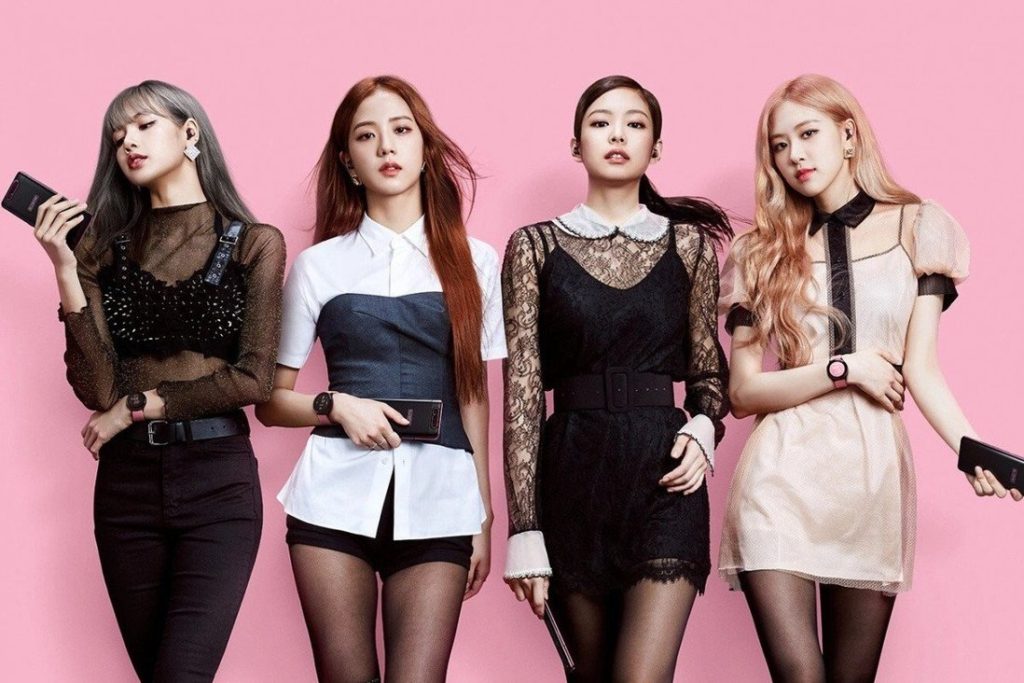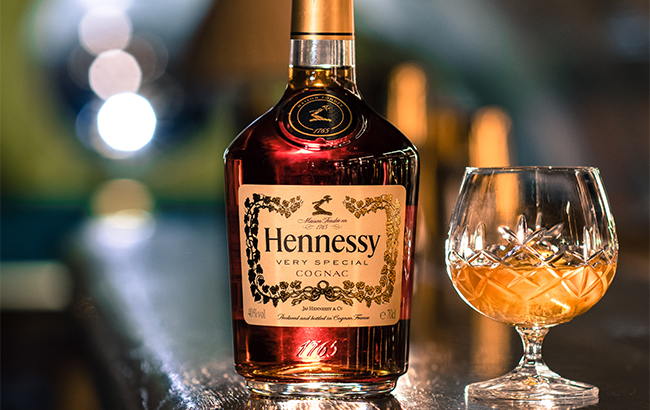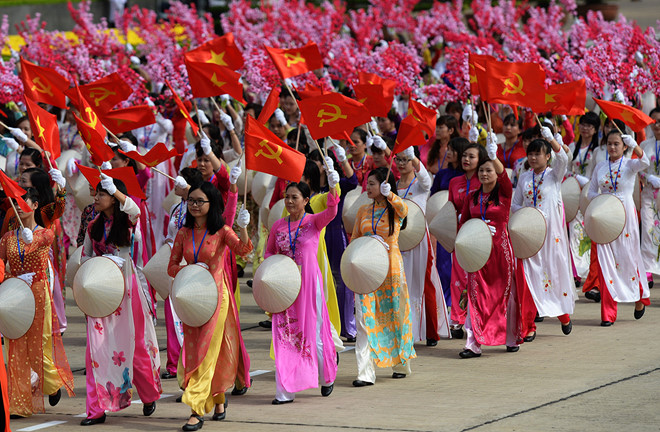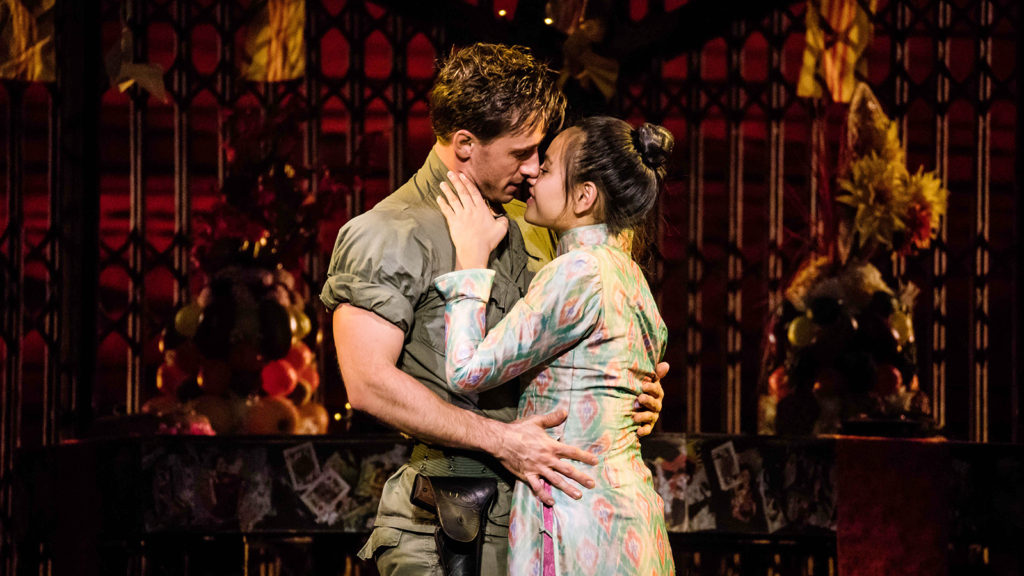Cầu Kiều Collective Statement On Cuba
“Vietnam always remembers the solidarity and precious support Cuba gave to Vietnam in the past at our most difficult times. Vietnam will always be there to support and help the Cuban people in our capacity.” – Statement from the Spokesperson of the Ministry of Foreign Affairs of Viet Nam Le Thi Thu Hang
The protests in Cuba have been front and center of the western news cycle this week. Understanding what is happening in Cuba is important and runs parallel to Vietnam’s historical struggle against US Imperialism.
Cầu Kiều Collective Statement On Cuba Read More »
